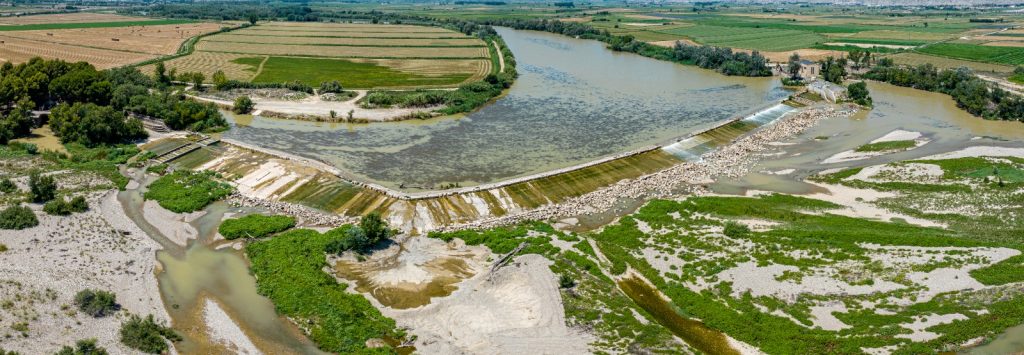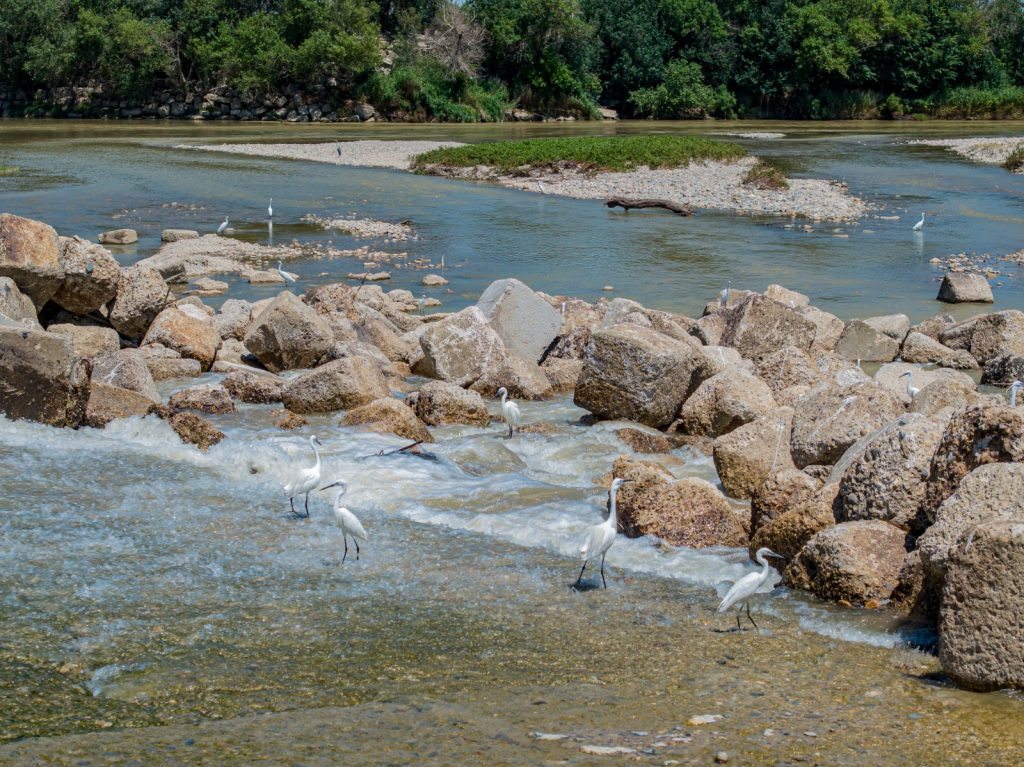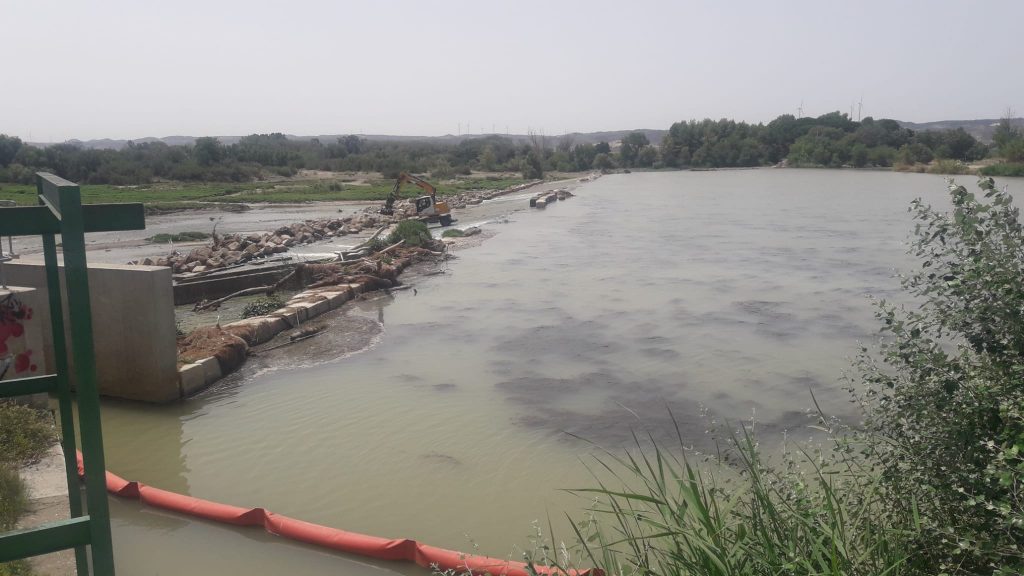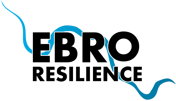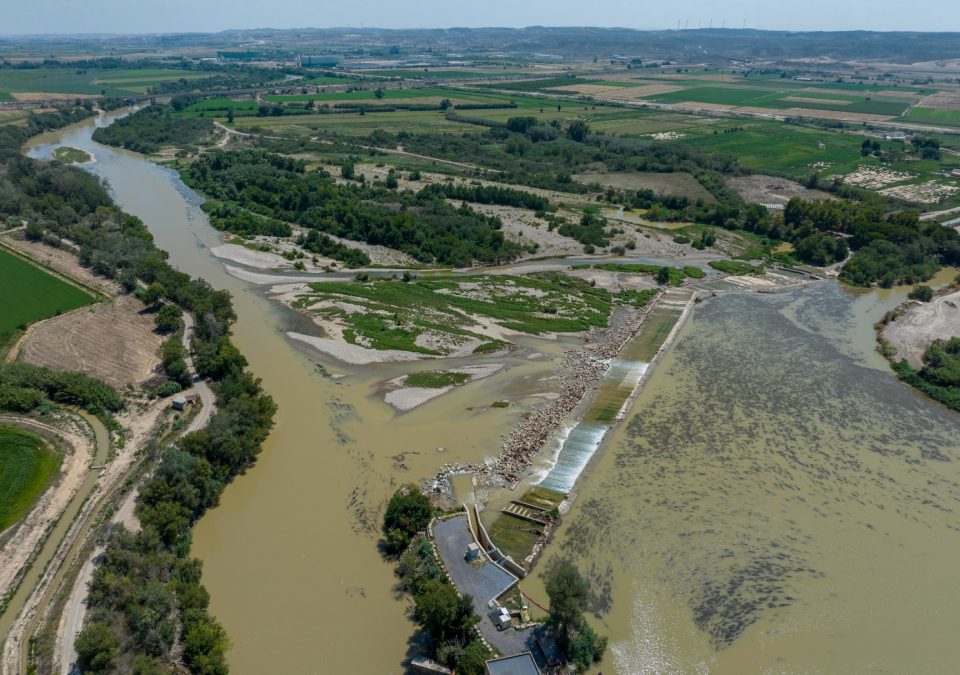Within the framework of the Ebro Resilience Strategy to reduce the risk of flooding in the middle stretch of the Ebro, the Ebro Hydrographic Confederation (Ministry for Ecological Transition and Demographic Challenge – MITECO), partner of this Strategy, has started this week the construction of the fish ramp that will permeabilize the Pina weir, in the municipality of Nuez de Ebro, Zaragoza.
With this action, which has a 950,000 euros budget of the basin organizationthe longitudinal continuity of the river will be improved, allowing the passage of fish fauna in this stretch of the riverThis will result in the general improvement of the ecological condition of the stretch, one of the objectives of the Strategy in all projects for the Ebro.
Thus, with the works that have been implemented, the criteria of the European Water Framework Directive and the Public Water Domain Regulations are complied with, where it is stated that respect for the longitudinal and lateral continuity of watercourses must be promoted.
The intervention, which will last until the end of 2023, will be carried out in a way that is compatible with the use of the infrastructure, a weir built in 1910 that feeds the Pina and Quinto irrigation ditches.
An upward flow ramp is built on the face of the weir made of concreted riprap stone. It has been designed with a row of zig-zag bollards to bridge the variability of flows that occurs in this middle section of the Ebro. At low flow rates, the flow will flow between the tiers, making a zigzag course with a slope significantly lower than that which occurs at high flow rates, when the flow runs along the line of maximum slope of the ramp as a whole.
In figures, the ramp will have a length of 65.8 meters and has a width of 19 meters, saving a difference in height of 5 meters.
Prior to the execution of the project, studies and surveys were carried out on the fauna of the section and also on the presence of invasive species.
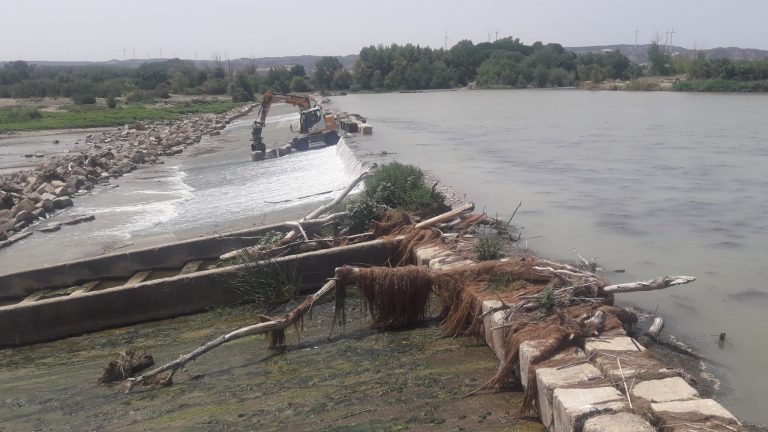
Environmental actions
Together with these interventions, Ebro Resilience adds other interventions for river restoration, such as, for example, the elimination of invasive exotic flora species, which is working for the eradication of the common reed in specific areas where its presence has caused degradation.
For its part, the Ebro Confederation also carries out other permeabilization interventions to improve longitudinal continuity in other areas of the basin, outside the scope of Ebro Resilience. An example is the work on the Najerilla river dams in La Rioja.
Ebro Resilience
The Ministry for Ecological Transition and the Demographic Challenge, the Ebro Hydrographic Confederation and the Autonomous Communities of La Rioja, Navarre and Aragon are participating in the Strategy. The approach for all sections is to protect urban areas for floods with a return period of 25 years and for non-urban areas, to reduce the impact of floods up to a return period of 10 years.
The keys to Ebro Resilience are coordination and new approaches to reduce the negative impact of flooding episodes, relying on combined measures to improve the resilience of the territory.
The Strategy includes the LIFE Ebro Resilience P1 Project (LIFE20 ENV/ES/00327), approved by the European Commission in the LIFE 2020 call, covering three autonomous communities (La Rioja, Navarra and Aragón), with a duration of 6 years and a total budget of 13,310,350 €, with 55% European funding.
